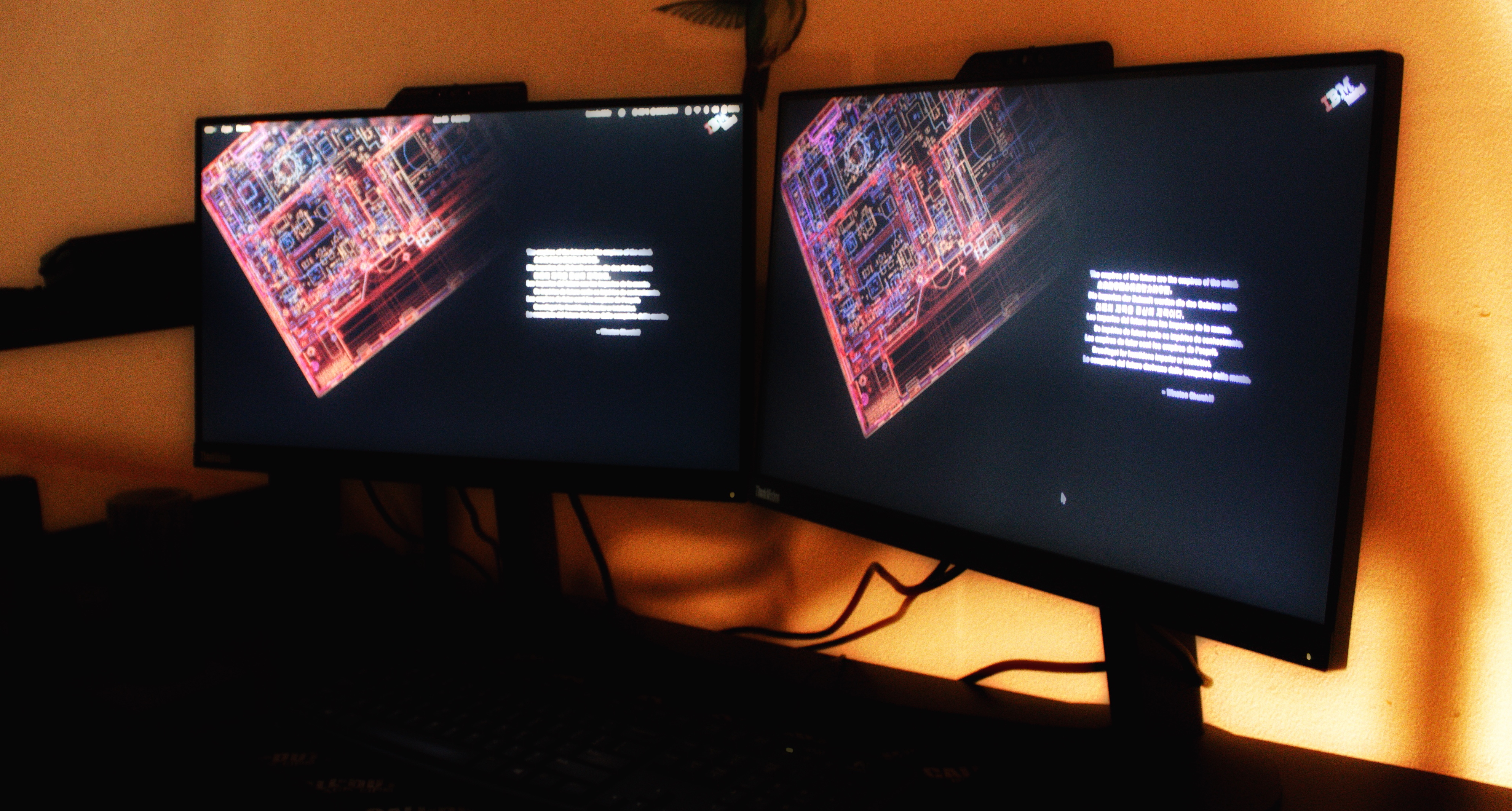Securing My Homelab: Lessons That Scale to the Enterprise World
How securing my personal homelab with Linux tools and self-hosted solutions mirrors enterprise security practices.
Recently, I’ve been reflecting on how foundational data security is, and not just in daily interactions, but also in providing the confidence and peace of mind necessary to trust the systems we build and daily drive. When it comes to securing something as personal as a homelab, there are practical lessons that directly translate into what enterprises must consider; every day.
In my own homelab, I treat data security as first-class; it consistently takes precedence over convenience. This is about adhering to best practices for me, it also goes into how it reflects the ethic that responsible companies and organizations have to maintain when they manage their infrastructure at scale.
Below is a deeper dive into my personal stack for securing data within my home network, with emphasis on the local tools and self-hosted solutions I rely upon.
Key Firewall & Network Segmentation
It’s 2025, and although home-based firewalls might feel secondary to some, the proliferation of self-hosted applications necessitates proper segmentation. I utilize tools like pfSense as a primary firewall alongside CrowdSec for intrusion prevention, supplemented by Linux’s built-in firewall, ufw (Uncomplicated Firewall).
These tools help segment trusted and untrusted networks, ensuring any compromised services remain isolated. This directly mirrors enterprise grade Zero Trust architectures designed to assume breach and contain threats immediately.
Encryption at Rest & in Transit
Encryption is essential, irrespective of deployment size. My data resides on ZFS storage pools encrypted with native Linux tools like LUKS. Internal traffic is protected using HTTPS, powered by a self-hosted ACME server or Step CA.
This design emulates the same principles used for TLS/SSL and encrypted storage in compliance-driven industries.
Container Security with Podman
With more than 10 self-hosted services, container security is essential. I use rootless Podman to manage services, while enhancing container isolation through AppArmor, SELinux, and user namespaces.
Capabilities are restricted intentionally, and containers are configured using the principle of least privilege. This mimics Role-Based Access Control (RBAC) implementations common in Kubernetes and other production-grade systems.
Self-hosted Services for Security and Privacy
To stay in control of my own data, I self-host a number of privacy-focused tools:
- Vaultwarden (Bitwarden fork): Secure, encrypted password management
- Pi-hole & AdGuard Home: DNS filtering for ad and malware blocking
- Nextcloud: Private file sync and document collaboration
- Tailscale: Lightweight, encrypted remote access
- Syncthing/LocalSend: P2P file sync without a central server
- HashiCorp Vault: Secret management and access control for apps and infrastructure
These tools provide enterprise-grade functionality in a homelab context while respecting privacy and data sovereignty.
Automated Backups & Offsite Replication
Backups are non-negotiable. I use BorgBackup and restic with encryption enabled, plus offsite replication via MinIO (self-hosted S3-compatible object storage) or external NAS.
Scheduled cron jobs ensure reliable, unattended operation. This approach closely reflects real-world business continuity and disaster recovery (BCDR) strategies.
Logging, Monitoring & Alerting
Visibility is critical. My monitoring stack includes either the ELK Stack (Elasticsearch, Logstash, Kibana) or lightweight alternatives like Prometheus and Grafana, i may use Glances occasionally for a quick check.
In addition, I use Fail2Ban and CrowdSec to dynamically ban abusive IPs and respond to intrusion attempts. This replicates simplified SIEM and IDS/IPS capabilities in enterprise systems.
Why This Matters
The same principles I apply at home, defense in depth, encryption, segmentation, monitoring, and access discipline, these are the core pillars of any effective security program. These strategies align directly with frameworks like ISO 27001, HIPAA, and NIST 800-53.
If you can design and secure a Linux-based infrastructure at home with limited resources, you build the foundation for understanding the scale and complexity of enterprise security.
Whether at home or in production, Security is almost always worth the investment, and you have more to lose from the lack of it when you need it than having it and never needing it.
